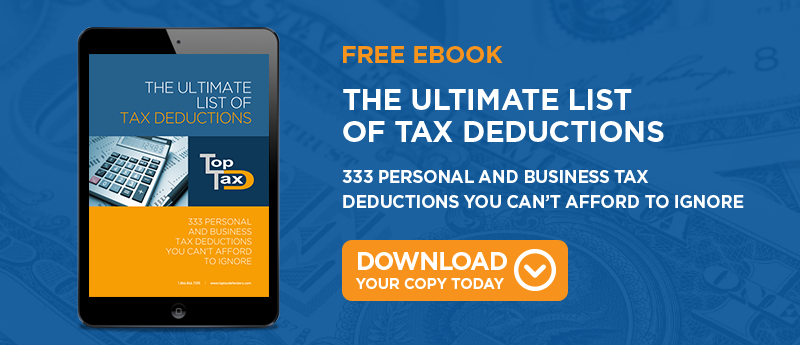
The IRS takes a very strict stance toward taxpayers who fail to file their tax returns on time or pay their tax liability in a timely manner. Depending on the situation, a taxpayer who fails to file and pay promptly can end up owing both penalties and interest, in addition to the original amount due. Before you consider holding out on making your tax payment, it's good to find out about the potential penalties for late filing and payment. If you learn how to estimate tax penalties, you'll be able to guess how much you have to set aside to clear up your account.
Penalties for Late Filing
If you file your income tax return after the tax deadline, you'll have to pay a penalty of five percent of the balance due for each month that the return goes unfiled. For example, if the tax deadline is April 15 and you don't file your return until May 31, you'll have to pay a late filing penalty of 10 percent of your balance due. If your return is more than 60 days late, you'll have to pay 100 percent of the balance due or $135, whichever amount is less.
The IRS does offer a small reprieve for those who are also facing a late payment penalty. If you owe the late payment penalty in addition to the late filing penalty, your late filing penalty is reduced by the amount of your late payment penalty.
Penalties for Late Tax Payment
If you owe a balance due and you don't submit it by the tax deadline, you'll be subject to a late payment penalty of 0.5 percent of the total owed for every month that the payment is outstanding. This penalty can be compounded over time, reaching a maximum of up to 25 percent. Unpaid taxes also accrue interest that is compounded daily. Annually, the interest rate on unpaid taxes averages about three percent.
How to Avoid Paying Tax Penalties
If you want to avoid paying tax penalties, the best thing to do is to file your return on time each year. Doing so will ensure that you can avoid the late filing penalty. Taking the time to look ahead and calculate your prospective tax liability can give you an opportunity to set aside money in advance for your payment.
What about filing a tax extension? While a tax extension will help you avoid the late filing penalty (if you submit it by the tax deadline), it will not keep you from owing the late payment penalty. However, if you remit at least 90 percent of your balance due along with your extension request, the IRS will waive your late payment penalty.
Taxpayers who expect to receive a refund won't have to deal with late filing or late payment penalties. If a refund is due, though, the taxpayer has a window of just three years to submit the return in order to receive their tax refund.
Understanding how to estimate tax penalties can help taxpayers prepare for their annual tax bill. Rather than being caught off-guard by your balance due, you can set aside enough funds to cover your tax liability to the IRS.




